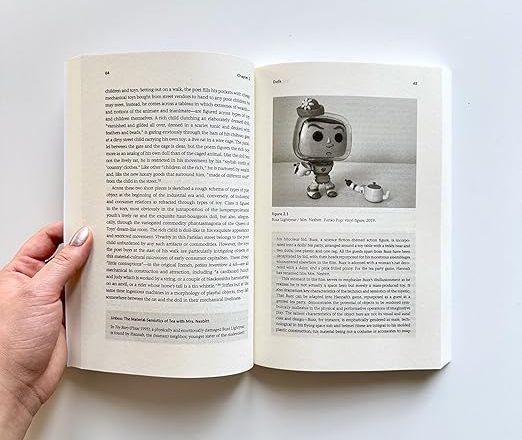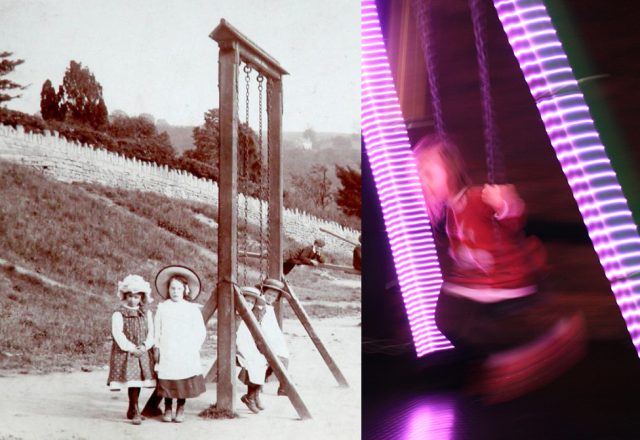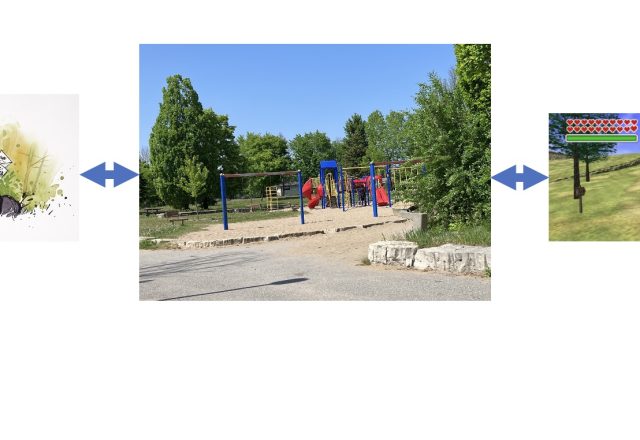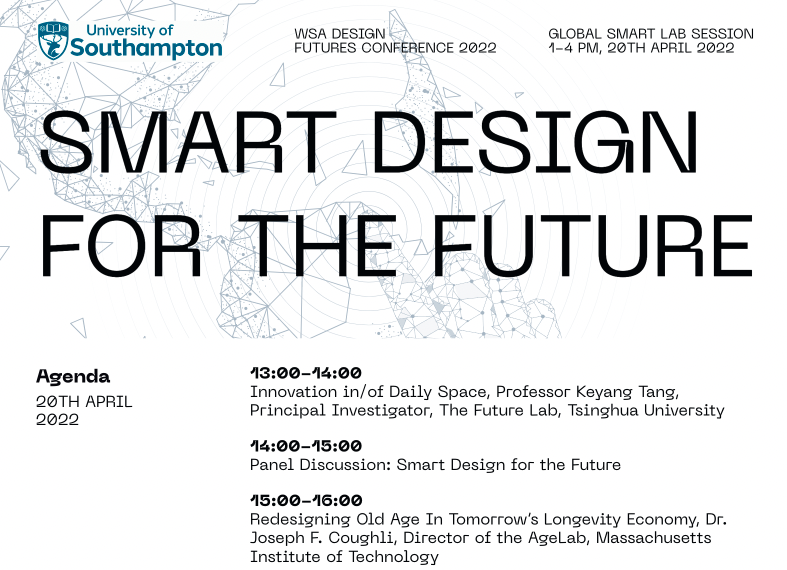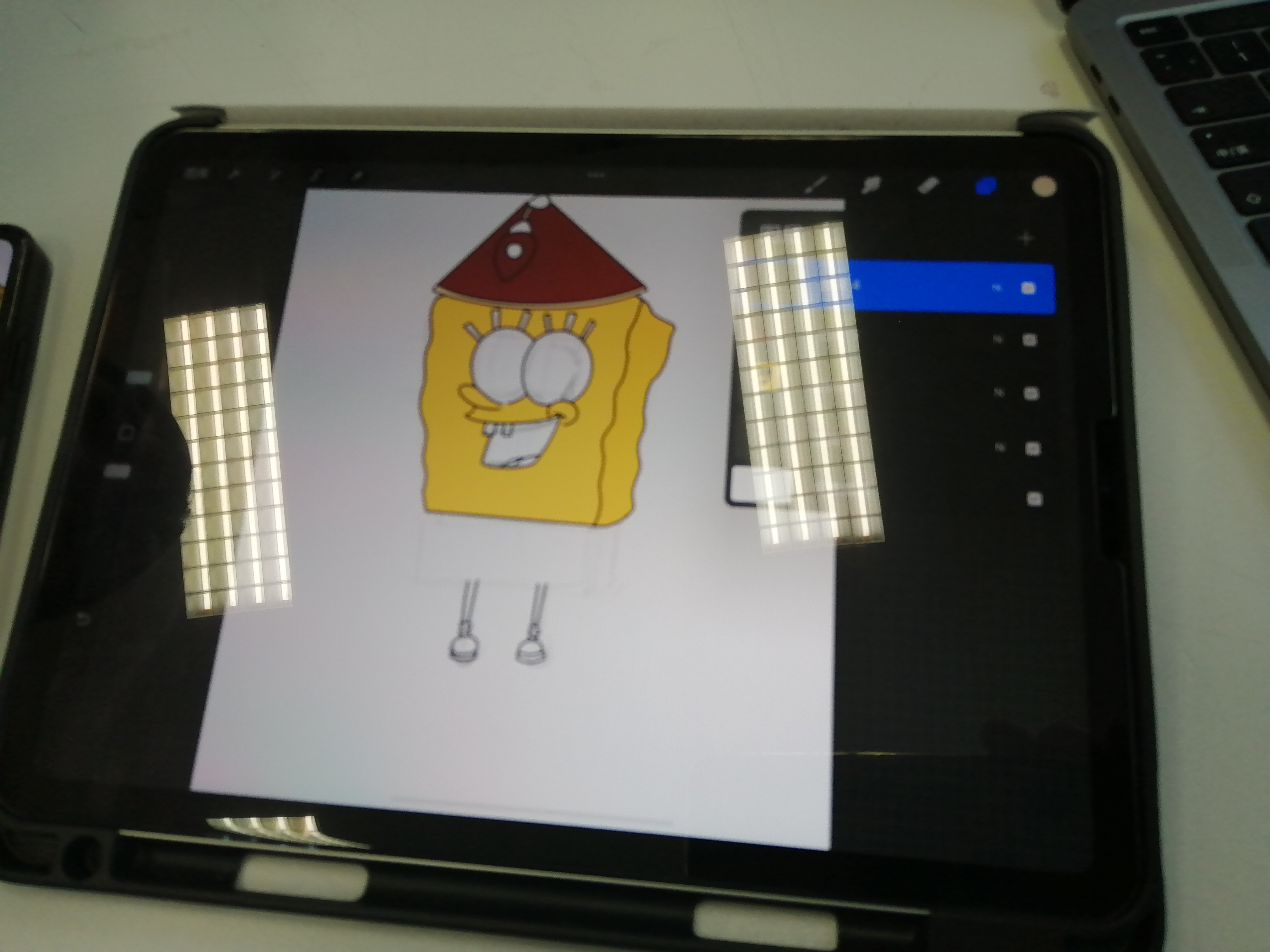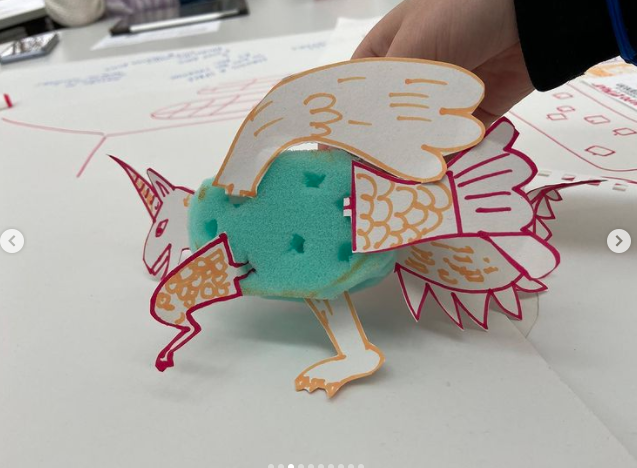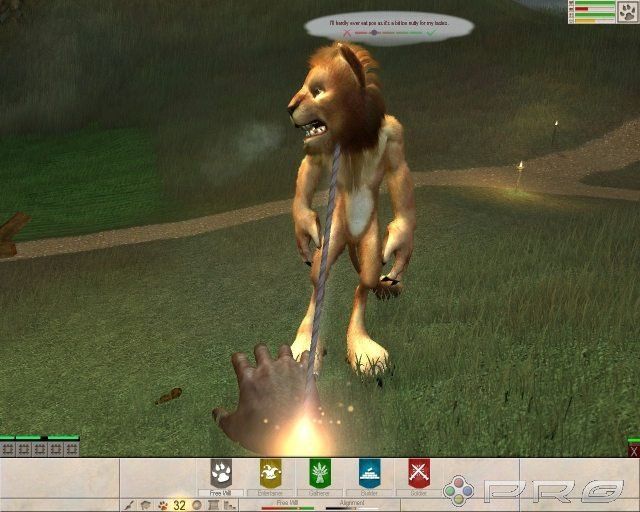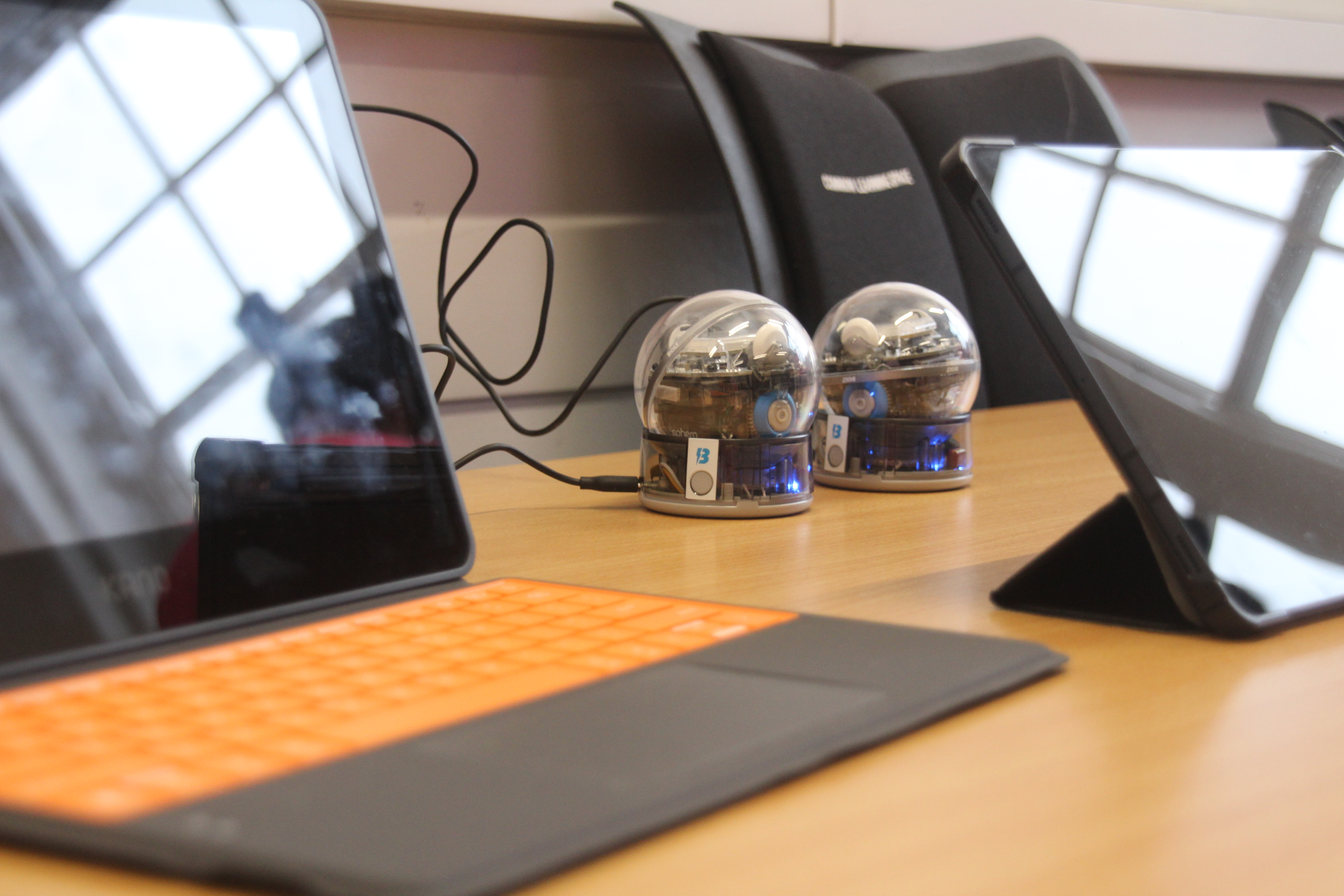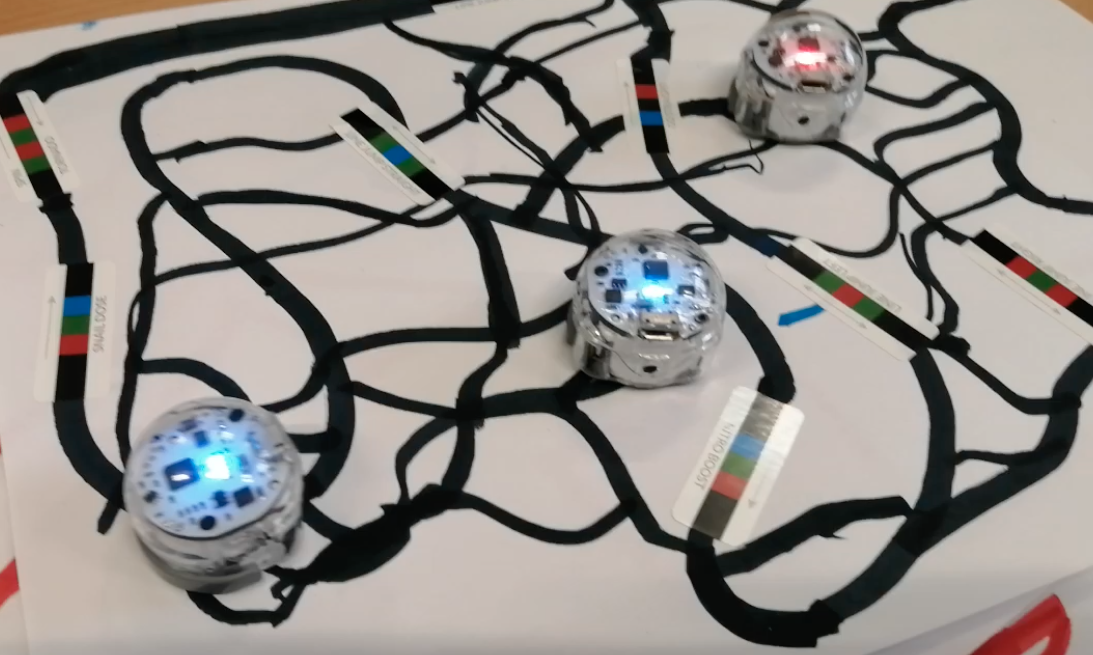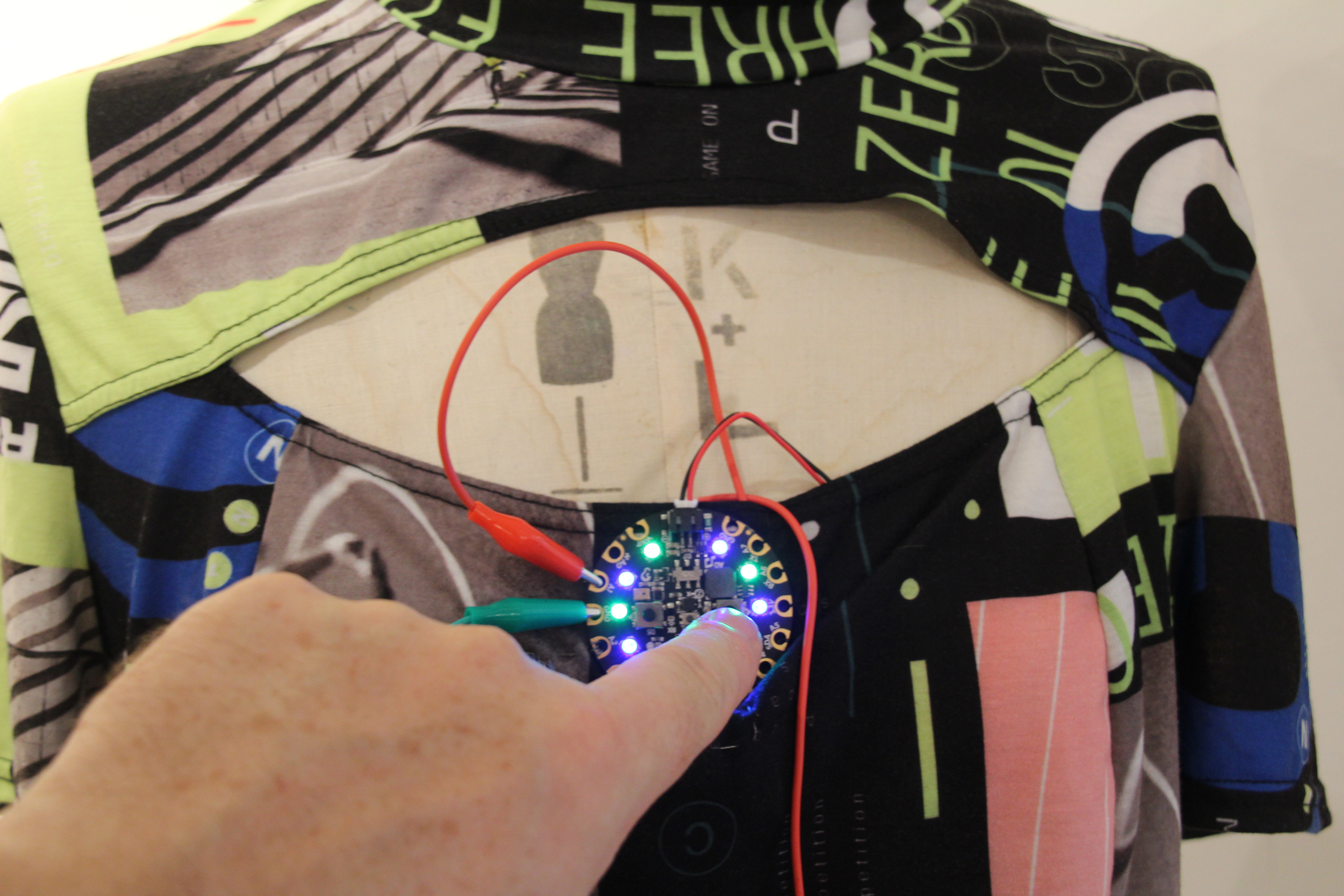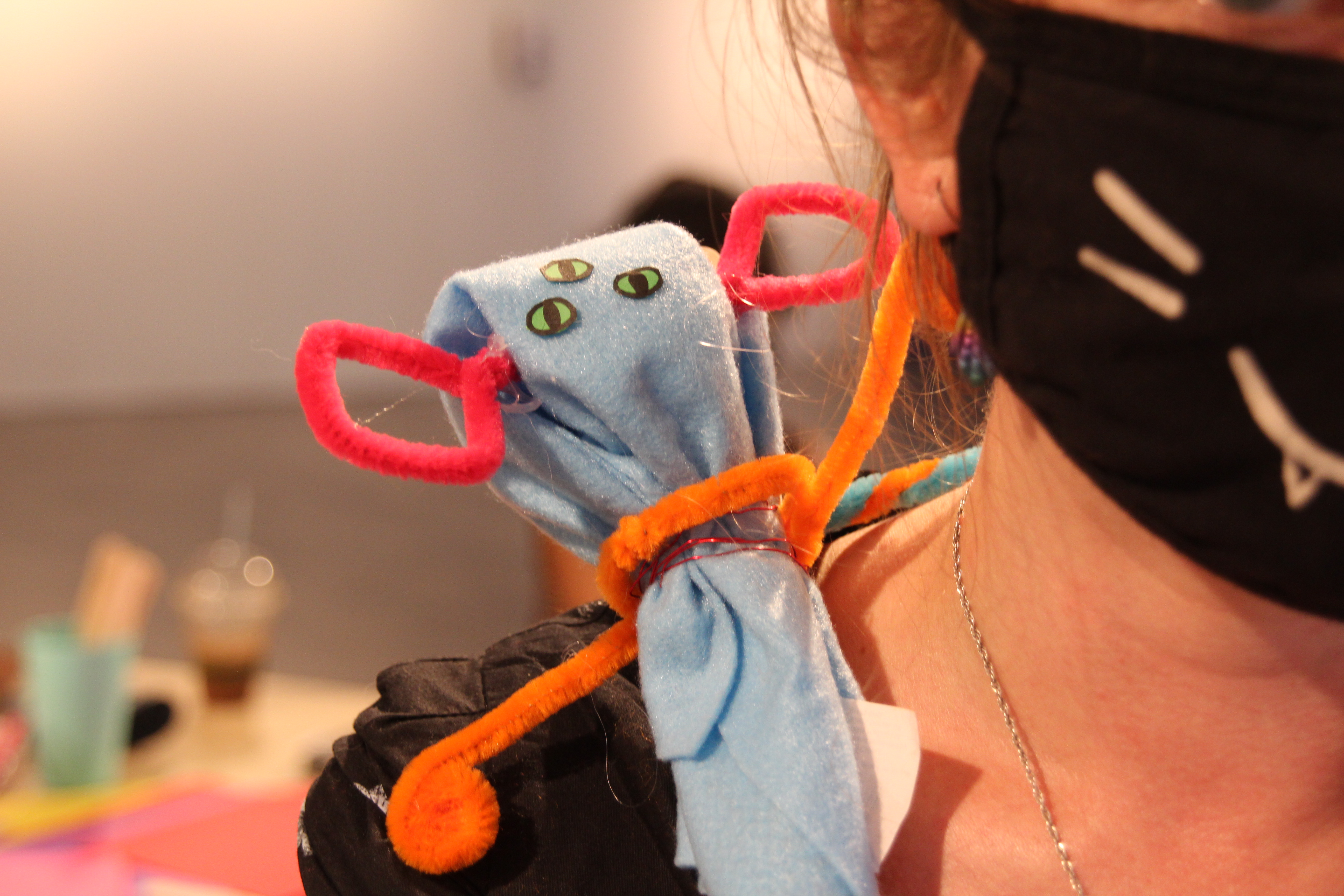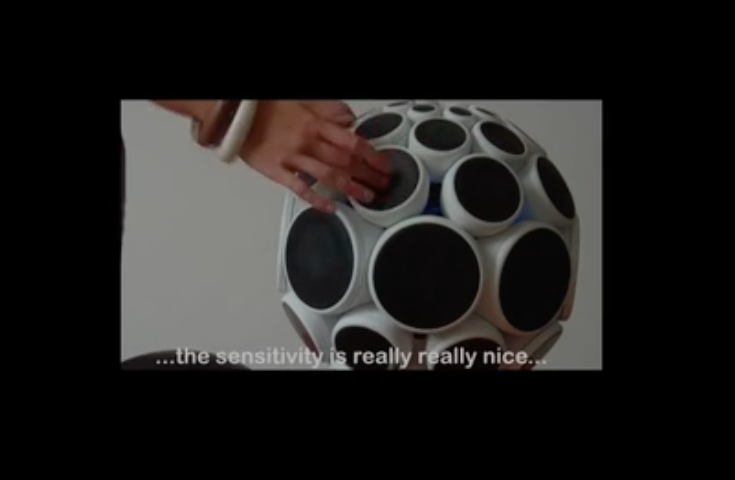Nearly all of my publications are freely available, either open access or in ‘author’s version’ format. Please see the Publications page. And do get…
Category: design for postdigital play
technology and play
Hot off the press: Playground equipment: postdigital design and the mechanics of history, urban space, and play. Space and Culture 27(2). Open access: https://journals.sagepub.com/doi/10.1177/12063312231213261…
postdigital playgrounds
Text and images from my contribution to the A is for Age-Appropriate panel at CCA 2023, with Sara Grimes, Darshana Jayemanne, Bronwen Swerdfager, and…
small thoughts on AI & smart design
A 5 minute panel presentation for the WSA Smart Design for the Future conference, 20/4/22, organised by Dr Yuanyuan Yin. Full details on the…
transmedia toyetics
An MA Global Media Management workshop with Maggie Li and Megen de Bruin-Molé: incorporating toy mechanics and media into transmedia storyworlds. Here are monsters…
industrial creativity
Lovely responses from year 2 BA Graphic Arts students to my talks on the ideologies and practicalities of industrial creativity and play. I love…
artificial animals games intelligence
A lecture for year 1 BA Games Design & Art, Winchester School of Art, University of Southampton
robot zoo
Our Creative AI in the Robot Zoo room at the University of Southampton Hands-on Humanities Day, Saturday 20th November 2021. AI and robots are…
Surviving the Singularity
Please go here: http://www.microethology.net/robot-zoo/
chatbots in the gallery
Earlier this year we ran a Web Science Institute-funded pilot project called ‘Chatbots in the Gallery.’ The project team, Dr Sarah Hayden, Samantha Schäfer,…
ethno-video
A short video introducing the ethos of my ethnographic ethology, made for the Lived Research Experiences event, organised by Southampton’s Debating Ethnography research group
